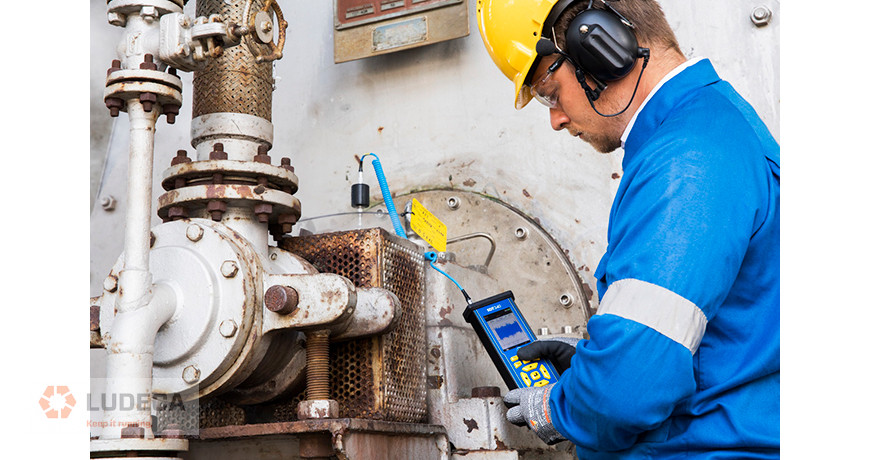
Ultrasound is an especially good tool for detecting bearing problems on slow-speed machines. However, there are some common misconceptions about how this is accomplished. The rules behind the processing of the acquired signal are the same for ultrasound or vibration analysis.
A rolling element bearing’s Fundamental Train Frequency (FTF) or Cage Frequency is usually somewhere around 30% to 40% of the shaft turning frequency. This means that the shaft must rotate three or four revolutions before the cage has made one complete revolution. To correctly identify the bearing’s cage frequency, data should be collected during ten to twelve revolutions of the shaft, and in slow speed applications, this sometimes requires that the user set up the data collector properly to record for several minutes.
Analyzing vibration data collected on slow speed machines becomes difficult because they typically generate small amounts of centrifugal force. Accelerometers are designed to measure force and because of this detecting small bearing defect frequencies hidden in the noise floor becomes very challenging. Low levels of centrifugal force coupled with low level amplitudes coming from the bearing defect frequencies make identifying Stage 1 defects extremely difficult.
The good news is that ultrasonic sensors do not have this problem! Ultrasonic contact sensors measure the sound levels coming from the bearing and have been used successfully to detect bearing defects on machines operating as slowly as 1 rpm!
Filed under:
Ultrasound by Dave Leach CRL CMRT CMRP
